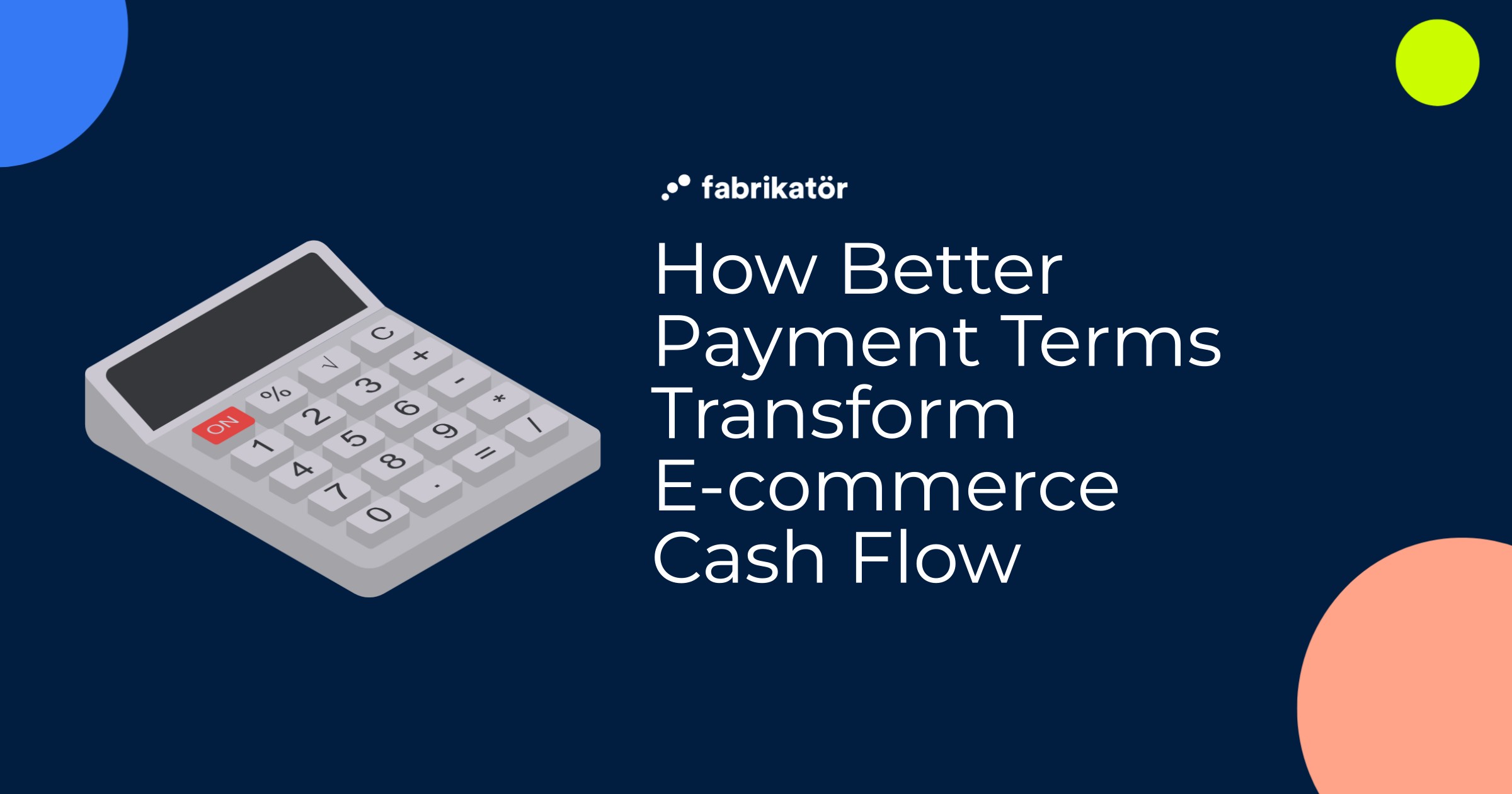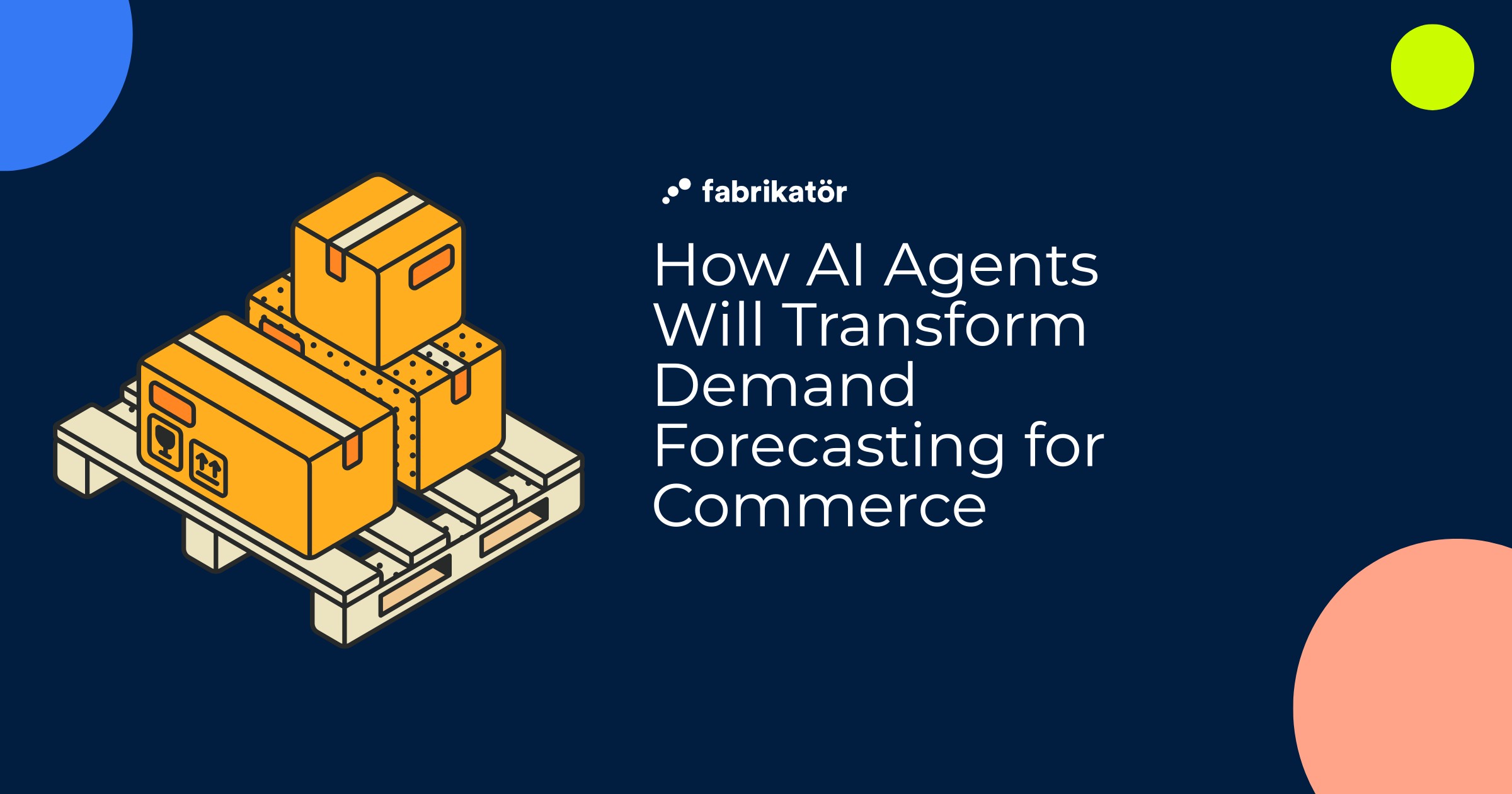What is the Difference Between Demand Planning and Supply Planning for Ecommerce?

In the fast-paced world of ecommerce, effectively managing inventory is crucial to meeting customer demand and driving business growth. Two fundamental aspects of inventory management are demand planning and supply planning. While they are often mentioned together, these two processes serve different purposes and require distinct approaches. Understanding the difference between demand planning and supply planning is essential for creating a comprehensive and efficient inventory management strategy for DTC (Direct to Consumer) businesses. Two fundamental aspects of inventory management are demand planning and supply planning. While they are often mentioned together, these two processes serve different purposes and require distinct approaches. Understanding the difference between demand planning and supply planning is essential for creating a comprehensive and efficient inventory management strategy for DTC (Direct to Consumer) businesses.
In this blog, we will dive into the definitions, roles, and benefits of both demand planning and supply planning, and help you determine how they can work together to benefit your ecommerce business.
What is Demand Planning?
Demand planning is the process of forecasting future customer demand to ensure that a business can meet it effectively. It involves analyzing historical sales data, market trends, and upcoming marketing activities to predict what products customers will want and when they will want them.
One powerful way to think about demand planning is through the concept of unconstrained demand planning. Instead of letting supplier limitations or storage constraints dictate your demand, you should start by asking, "How much could I sell if nothing was in my way?" This approach helps you create a demand roadmap without the limitations of minimum order quantities (MOQs), lead times, or storage capacity.
The goal of demand planning is to:
- Understand Customer Demand: Accurately predict what customers want to purchase.
- Drive Marketing Strategies: Collaborate with marketing teams to shape campaigns that align with predicted demand.
- Enable Growth Opportunities: Identify growth opportunities without being held back by current supply constraints.
%2520(1).png)
For a more detailed guide on effective demand forecasting, check out our demand forecasting in ecommerce guide.
What is Supply Planning?
Once your unconstrained demand plan is in place, it's time to think about supply planning. Unlike demand planning, which focuses on customer needs, supply planning involves managing the supply chain to ensure that inventory is available to meet those demands—while also considering the constraints that may exist.
Constrained supply planning takes into account the real-world limitations that impact inventory availability, such as:
- Supplier Lead Times: How long it takes for suppliers to deliver inventory after placing an order.
- Minimum Order Quantities (MOQs): The smallest quantity that can be ordered from a supplier.
- Warehouse Capacity: The amount of space available to store products.
Supply planning is about balancing what you need to supply with what is realistically possible to provide, while optimizing costs and minimizing risks of overstocking or stockouts. In other words, it’s all about finding the most efficient way to meet demand while working within the constraints of your supply chain.
%2520(1).png)
For more insights on managing inventory over time, explore our guide on long-term demand and supply planning.
Demand Planning vs. Supply Planning: Key Differences
While both demand planning and supply planning are crucial components of inventory management, they serve different roles in the process. Here are the key differences:

How Demand Planning and Supply Planning Work Together
For an efficient inventory planning strategy, demand planning and supply planning should complement each other. The ideal process starts with an unconstrained demand plan that forecasts demand based purely on market potential and business goals. This demand plan should then drive the supply plan, which is adjusted to consider real-world constraints like supplier lead times and inventory holding capacities.
By separating demand and supply planning, ecommerce businesses can avoid letting supply constraints hold back growth potential. Instead, demand is seen as the starting point, and the supply plan is developed to support it, optimizing the entire inventory process.
Building the Perfect Inventory Plan: The Inventory Cake
To create the perfect inventory strategy, you can think of inventory planning as building a cake, where each layer represents a critical part of the process:
- Inventory Data: The base layer. Accurate inventory data is crucial for understanding what you have, where it is, and how it’s moving. Without this layer, the rest of the plan falls apart.
- Order Data: Analyze historical order data to understand customer behavior. This shapes your decisions on future demand, highlighting top sellers and slow movers.
- Demand Forecast: This layer involves creating an unconstrained demand plan—focusing on how much you can sell without worrying about supply limitations.
- Supply Plan: The next layer is about optimizing your supply around constraints. It involves working with lead times, MOQs, and warehouse capacity to meet the unconstrained demand efficiently.
- Purchase Orders (Cherry on Top): The final step involves creating purchase orders to bring your inventory plan to life and ensure smooth replenishment.
%2520(1).png)
Every layer plays an important role, and missing one can make the entire strategy crumble. Ready to bake your inventory cake? Learn more about how effective planning can make a difference in your business growth.
Check out Bahadir Efeoğlu (Co-founder and CEO of Fabrikatör Inventory Planning)'s podcast for Inventory Planning:
Demand planning and supply planning are both integral parts of a successful ecommerce inventory management strategy. While demand planning focuses on predicting future customer demand without constraints, supply planning is about optimizing the supply chain to meet that demand in the most efficient way possible. By strategically aligning these two planning processes, ecommerce and DTC businesses can avoid being limited by supply constraints and capitalize on growth opportunities. Remember, the key is to let demand drive your strategy—then align your supply to meet it effectively. Remember, the key is to let demand drive your strategy—then align your supply to meet it effectively.
For more tips on demand forecasting, seasonal planning, and inventory optimization, explore our guides on demand forecasting models for ecommerce and seasonal demand forecasting for BFCM.
About Fabrikatör
Fabrikatör provides powerful tools for both demand planning and supply planning, designed specifically for ecommerce and DTC businesses. With advanced analytics, forecasting capabilities, and real-time tracking, Fabrikatör ensures your inventory strategy aligns perfectly with market demand while managing supply chain constraints efficiently. Get a free demo today and see how Fabrikatör can transform your inventory planning.










